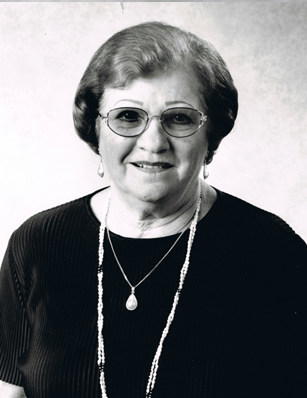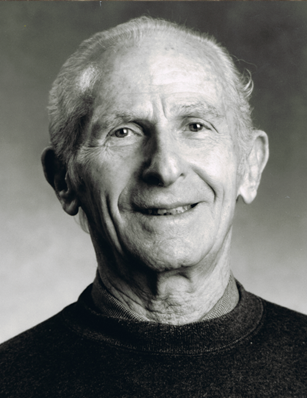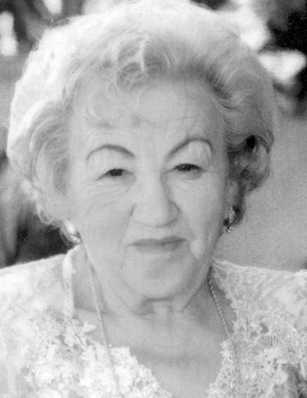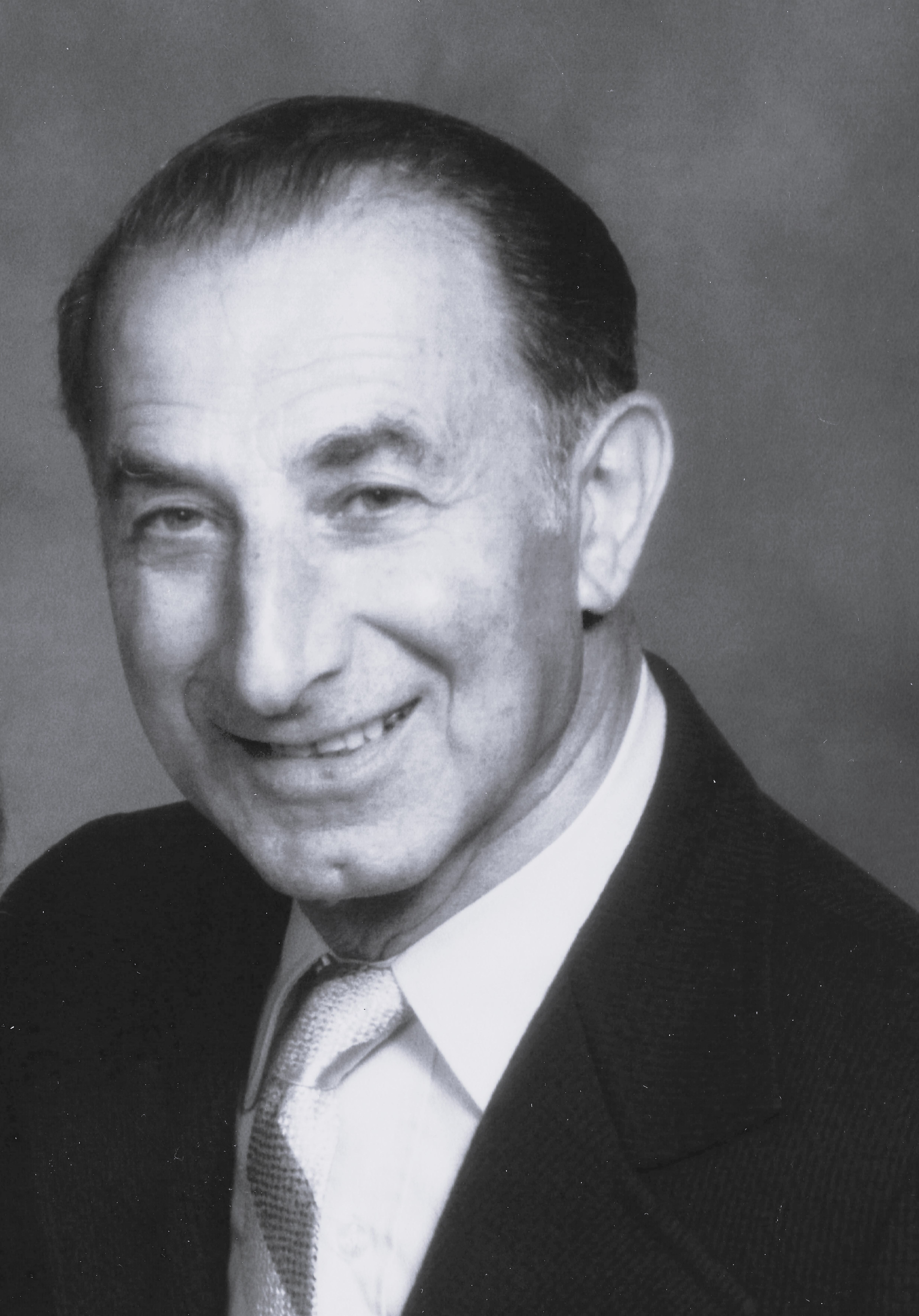Experience: Theresienstadt
|
|
|

|

|

|
|

|
|

|
|
|
|
|

|
|
|
|
|
|
|
|
“Theresienstadt, (in Czech, Terezin) Ghetto in Czechoslovakia. The Nazis built Theresienstadt in order to centralize the Jewish populations of the Protectorate of Bohemia and Moravia (see also Bohemia and Moravia, Protectorate of). Additionally, certain categories of Jews from Germany and Western Europe, such as famous or wealthy Jews, those with special talents, and old people were included in the ghetto. Ultimately, the Nazis intended to mask the extermination of European Jewry by presenting Theresienstadt as a model ghetto, and simultaneously, slowly deport the Jews at Theresienstadt to extermination camps.
“The first Jews arrived in Theresienstadt in November 1941. Czech Jewish leaders had supported the idea of a "model Jewish settlement" at Theresienstadt, thinking it would keep the Jews from being deported. However, upon arrival, it became evident that conditions at Theresienstadt were similar to those of a concentration camp, and that the ghetto would not save them from deportations. Indeed, two months after the ghetto was set up, the first deportation from Theresienstadt took place - 2,000 Jews were sent to
Riga.
“By September 1942, the ghetto reached its peak of 53,004 prisoners, with Jews continuing to arrive until the war's end. At the same time, deportations continued: initially to ghettos in Poland and the Baltic States, and from October 1942, until the end of the war, they were deported to the Treblinka and Auschwitz extermination camps. By this time, only 11,068 people remained in Theresienstadt.
“Theresienstadt was operated by the SS, whilst Czech police acted as ghetto guards. The internal affairs of the ghetto were run by the Aeltestenrat (Council of Elders), whose first chairman was Jacob Edelstein. The council was responsible for making the lists of those to be deported. However, it also helped the ghetto's Jews a great deal: members gave out work, housing, and food; supervised health and sanitation services, cultural activities, and public order; and took care of the old and young. The council also secretly supported schooling, and due to the large number of scholars, artists, and writers in Theresienstadt, there were many cultural activities.
“The physical conditions in Theresienstadt were intolerable. This led to the spread of epidemics, killing many. By the end of 1943, the ghetto's health department had managed to establish a hospital, resulting in decreasing the mortality rate.
“By the end of 1943, people in the outside world were becoming more aware of what was happening in the Nazi camps. Thus, the Germans decided to permit a visit to Theresienstadt by an International Red Cross investigations committee (see also Red Cross, International). Initially, they had to prepare the ghetto: the Germans alleviated some overcrowding by deporting more prisoners to Auschwitz; built a fake cafe, stores, bank, kindergartens, and school. Additionally, they planted flower gardens and made a film portraying life in Theresienstadt as idyllic and comfortable. The committee arrived on July 23, 1944. The prisoners who met with committee members had been warned beforehand about how to behave and what to say. The visit was a success - the SS had the committee completely duped.
“During the ghetto's last 6 months, many more Jews arrived from Slovakia, Hungary, the Protectorate of Bohemia and Moravia, Germany, and Austria. Toward the end of the war, the Red Cross transferred some of them to neutral countries. In April 1945 the Germans brought in thousands of prisoners who had been evacuated from concentration camps. This led once again to the outbreak of epidemics. On May 3 the Nazis handed Theresienstadt to the Red Cross; the ghetto was liberated on May 8 by Soviet troops. The last Jewish survivor left Theresienstadt on August 17.
“In all, 140,000 Jews were brought to Theresienstadt: 33,000 died there, 88,000 were deported to extermination camps, and 19,000 survived either in the ghetto or among the groups that had been transferred to Sweden or Switzerland. Of those deported, 3,000 survived.”
Yad Vashem. “Theresienstadt.”
http://www1.yadvashem.org/odot_pdf/Microsoft%20Word%20-%205875.pdf
http://www1.yadvashem.org/odot_pdf/Microsoft%20Word%20-%205875.pdf
Accessed on 6/12/11.
United States Holocaust Memorial Museum. Photo Archives.
http://www.ushmm.org/wlc/en/media_ph.php?ModuleId=10005424&MediaId=1611
http://www.ushmm.org/wlc/en/media_ph.php?ModuleId=10005424&MediaId=1611
Accessed on 6/12/11.
United States Holocaust Memorial Museum. Photo Archives.
http://www.ushmm.org/wlc/en/media_ph.php?ModuleId=10005424&MediaId=1614
http://www.ushmm.org/wlc/en/media_ph.php?ModuleId=10005424&MediaId=1614
Accessed on 6/12/11.
United States Holocaust Memorial Museum. Photo Archives.
http://www.ushmm.org/wlc/en/media_ph.php?ModuleId=10005424&MediaId=6581
http://www.ushmm.org/wlc/en/media_ph.php?ModuleId=10005424&MediaId=6581
Accessed on 6/12/11.
United States Holocaust Memorial Museum. Photo Archives.
http://www.ushmm.org/wlc/en/media_ph.php?ModuleId=10005424&MediaId=1613
http://www.ushmm.org/wlc/en/media_ph.php?ModuleId=10005424&MediaId=1613
Accessed on 6/12/11.
Contact us
thank you!
Your application is successfuly submited. We will contact you as soon as possible
thank you!
Your application is successfuly submited. Check your inbox for future updates.